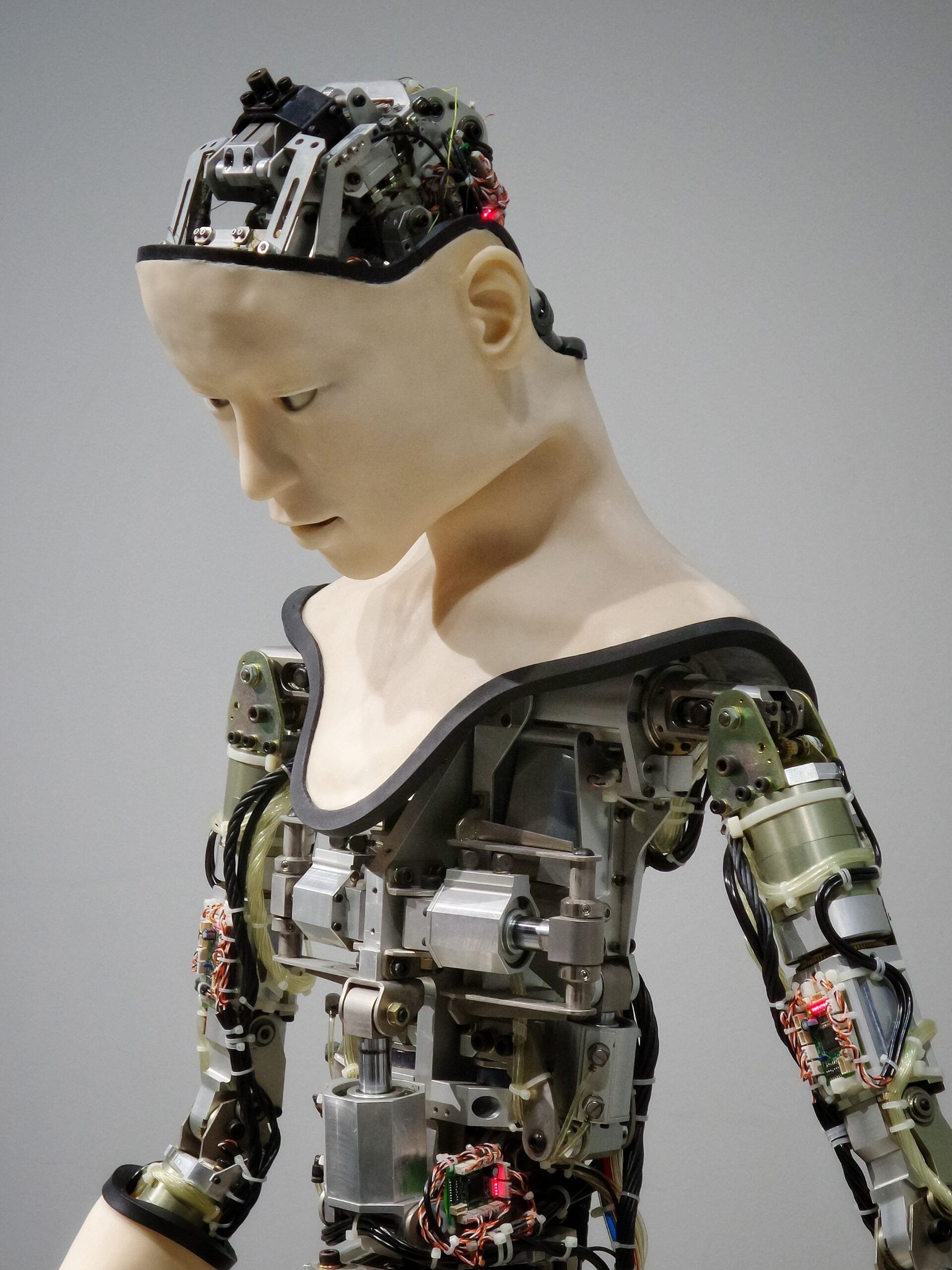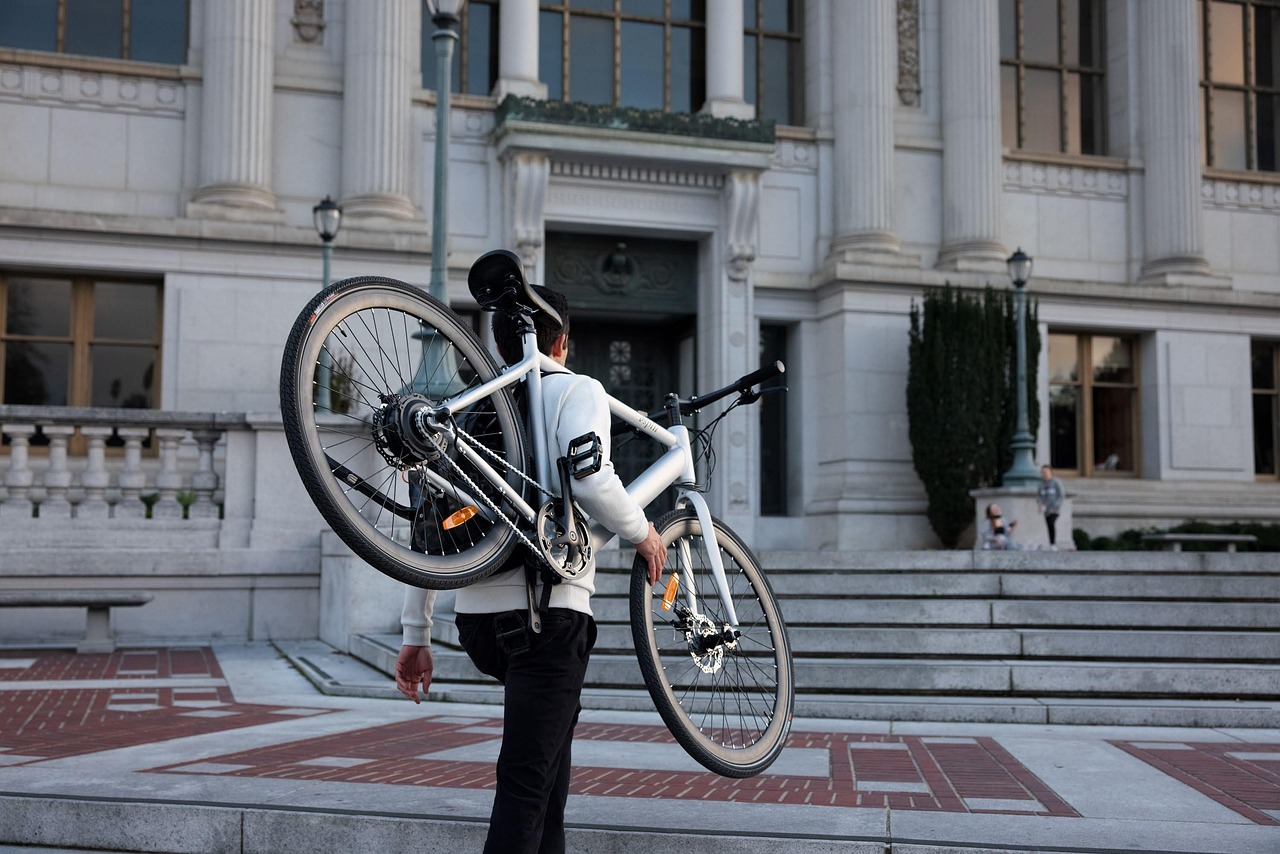For years, science fiction writers have been telling us robots are going to take over the world. It turns out they were right.
Bots, short for “robots,” are automated programs that have overrun the internet. On social media, bots have made their presence felt through a wave of fake accounts posing as real people, some 48 million on Twitter alone.
Spotting a bot can be tricky.
Many of the accounts look and feel like real people, but it’s worth taking the time and effort to weed out the phonies. Fake social accounts can do real harm through the spreading of misinformation. It’s important to be able to recognize and eliminate bots, because according to computer scientist Chengcheng Shao who said to MIT Technology Review, “Social bots play a key role in the spread of fake news.”
Perhaps you recall that during the lead-up to the 2016 presidential election, Pope Francis shocked the world by endorsing Donald Trump. It was the top fake news story of 2016 and earned nearly a million Facebook engagements. Fake news works, it always has, and it isn’t going anywhere. This is why last January, Pope Francis said we all need to recognize the “snake-tactics” of the “crafty serpent” that go back to the Book of Genesis. When the Pontiff himself declares, “the truth will set you free,” it’s time to identify and eliminate the bots in our human lives.
Unfortunately, there isn’t a single characteristic to help spot a bot, but there are broad identifiable patterns.
First and foremost, no matter the social media site, ask yourself a simple question when you see a post from someone you don’t know personally (or more likely a post from someone you do know, reposting some “person” you don’t):
Does this account seem like a real human being? Common sense is on your side. Use it.
Let’s start with Twitter, where the homepage of a user can tell a lot. If the bio reads like something Rosey from The Jetsons would spit out, it’s a flashing sign of online garbage. Real people write real bios. Is the avatar the default silhouette? Is the Twitter handle gobbledygook no human would choose? Do they post all the time, morning, noon, and night? People sleep, bots not so much. Or conversely, do they only retweet and repost, often to multiple accounts? This isn’t how humans engage on social media.
These are the obvious ones, but of course, the bot factories are a lot more complex.
Here are a few more telltale Twitter questions to ask: Does the account follow a ton of people with few followers of its own? Has it followed and unfollowed you in a short amount of time? Did you get a reply in microseconds? Do the comments, retweets, and reposts appear to be from other bots? Does the Tweet originate not from the web or mobile, but “from API,” which is often automated? Are there multiple posts about breaking news within minutes? (The Parkland shooting unleashed a near-instantaneous torrent of Russian bots.) Does the account interact with friends and foes in the same way you do? If not, chances are, it’s a bot. Another trick, if you’re still stumped is to take the avatar photo and reverse image it. If it pops up all over the web, it’s probably a stock photo, which isn’t necessarily rock-solid- mine is currently of legendary Philadelphia Eagles QB Nick Foles–but it’s fairly obvious if it matches up with the other giveaway signs. Another helpful tool to verify Twitter accounts is Botometer.
Facebook has one simple built-in bot eliminator, which is that you have to accept invitations from others.
Use the old childhood axiom of not taking candy from strangers. If you don’t know the person, or you have no mutual friends, ignore the request. You can also look up the account to make sure.
Other Facebook warning signs include an older pre-Timeline layout, an attractive female model as the profile picture (guys are such easy marks), an empty wall or one with few personal updates and responses, or an enormous amount of “likes” that have seemingly zero in common. Again, does the account look like yours? The Facebook Help Center has a tool to show what bots you followed, but it’s limited to bots you directly followed, not your friends, and it doesn’t go that far back. Consider it a starting point.
But what about bots on other social platforms?
The New York Times just ran a fascinating story on combatting Instagram bots, which pointed out the most obvious ones, those following 7,500 accounts, the maximum allowed, without a single posted photo or profile picture. Other fishy things to look for are: Accounts with a lot of followers, say 25,000, and little engagement, say two likes, on a photo, an account with a giant inorganic spike in followers, or an account following many more on the ‘Gram than it has followers.
 Beware of instagram accounts with thousands of followers, and no picturesPhoto by Ben Kolde (Unsplash)
Beware of instagram accounts with thousands of followers, and no picturesPhoto by Ben Kolde (Unsplash)
Spotting and blocking what’s fraudulent is key to a healthy social media existence.
But remember, bots aren’t the biggest problem. We are. A new study by three MIT scholars found that on Twitter, most fake news is spread by humans, at a speedier rate, and much higher volume. Fake news stories are 70% more likely to be spread than actual news stories and reach 1,500 people six times faster. Why? The scholars theorize it’s a combination of human impulses. Fake stories, often with insane too-good-to-be-true headlines, seem novel, so we share them to be “in the know.” Bullcrap also triggers “surprise and disgust,” whereas accurate stories engender sadness, anticipation, and (gasp) trust.
You can train yourself to spot a bot, but it’s not enough. Check yourself first. Otherwise, when the robots do officially take over, we’ll only have ourselves to blame.





